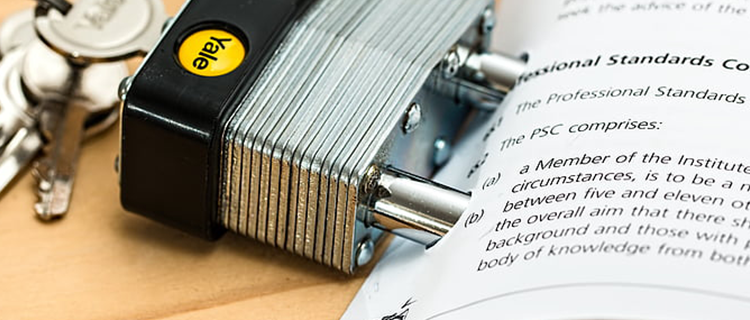群体性劳动争议的处理机制有哪些
群体性劳动争议是指多名劳动者因共同利益问题与用人单位发生的集体纠纷,常见于工资拖欠、福利待遇或工作条件等方面。这类争议若处理不当,可能引发社会不稳定,因此建立健全的处理机制至关重要。在中国,相关法律框架如《劳动法》和《劳动争议调解仲裁法》提供了基础指引,旨在通过和平、高效的方式解决冲突,保护劳动者权益的同时维护用人单位合法权益。

处理群体性劳动争议的首要步骤是协商。协商是一种非正式、灵活的机制,由劳动者代表与用人单位直接对话,寻求共识。这种方式成本低、效率高,有助于保持双方关系和谐。例如,在工资争议中,双方可通过谈判达成支付协议。协商的成功依赖于 mutual trust and willingness to compromise, but it may fail if parties are unwilling to cooperate, leading to the need for further intervention.
如果协商失败,调解成为下一个选项。调解 involves a neutral third party, such as a government-appointed mediator or a labor organization, facilitating discussions between the parties. This mechanism is voluntary and confidential, aiming to find a mutually acceptable solution without formal proceedings. Mediation can quickly resolve disputes and reduce legal costs, but its effectiveness depends on the mediator's skills and the parties' openness to compromise. In many cases, mediation serves as a bridge to more formal processes.
仲裁是处理群体性劳动争议的正式法律途径。当协商和调解无效时, parties can submit the dispute to a labor arbitration commission. Arbitration involves a hearing where evidence is presented, and an arbitrator issues a binding decision. This mechanism is faster and less expensive than litigation, providing a fair resolution based on labor laws. However, arbitration outcomes may be appealed in court, prolonging the process. It is crucial for both sides to prepare thoroughly and adhere to legal procedures to ensure a just outcome.
诉讼是最终 recourse for unresolved disputes, where parties file a lawsuit in a people's court. Litigation offers a formal judicial review, ensuring strict adherence to laws and precedents. While it provides a definitive resolution, it can be time-consuming, costly, and adversarial, potentially damaging employer-employee relationships. Courts often encourage mediation during proceedings to promote settlement. This mechanism should be used as a last resort, emphasizing the importance of exhausting other options first.
预防群体性劳动争议 is key to maintaining harmonious labor relations. Measures include establishing clear communication channels, regular labor audits, and employee training on rights and responsibilities. Employers should foster a positive work environment, address grievances promptly, and comply with labor regulations. Proactive prevention reduces the likelihood of disputes escalating, saving resources and promoting long-term stability. Ultimately, a combination of effective handling mechanisms and preventive strategies ensures a balanced approach to labor relations.